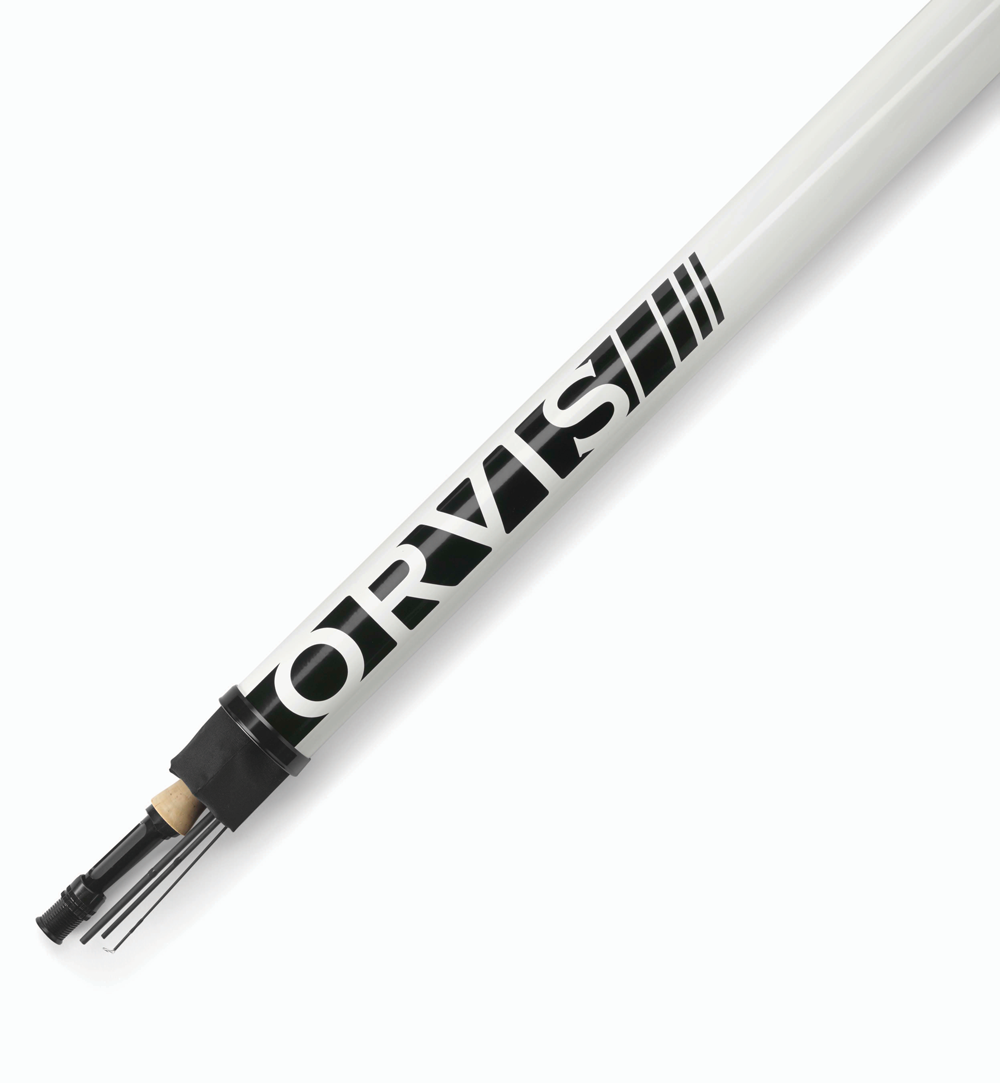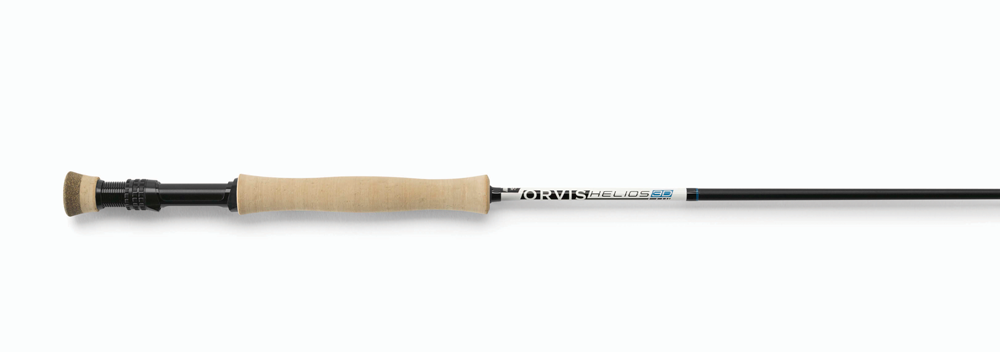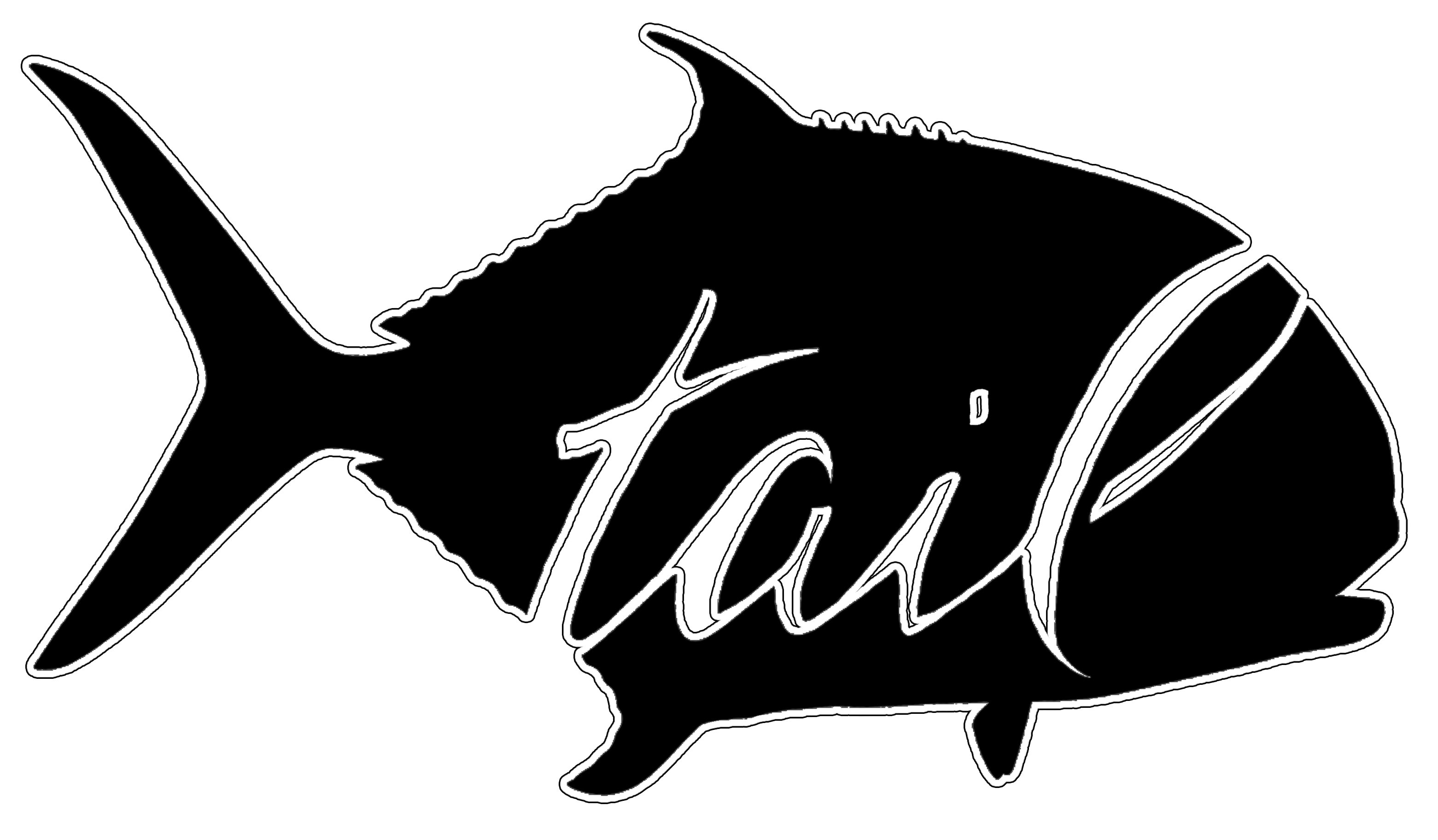The Orvis Helios 3
They Blinded Me With Science
Orvis has advertised their new Helios 3 rod as “the most accurate rod on the planet.”
This is a very, very bold statement. The entire planet, but we don’t even know what China or the Japanese might have. Can they actually say that? They could if it was true but before making this claim they would have to prove it beyond the shadow of a doubt. And not just anecdotal reports or opinions from experts. A statement like this requires real science in a structured and controlled study that eliminates variables. They knew this when they designed this rod and they did just that.
A fascinating concept to design a rod for improved accuracy, but for me, even more fascinating is the way they will go about proving it.
My fascination is not with the Orvis company, but rather with what they did. The research behind the technology is intriguing, possibly more so than the technology itself. It could even change the way manufacturers look at the way they approach new products. After reading this, it might even change the way you shop for a fly rod.
It’s cliche but fly fishing is a game of inches so having pinpoint accuracy is key. But how can you actually test for accuracy when every individual is different. Obviously there are human variables like height & weight, arm fatigue, etc; gear variables like line weight, line condition, fly selection, etc. Let’s not forget intangibles like wind, the sky color and planetary alignment.
Being a doctor, I’ve read my share of scientific studies and still do. I am able to determine the value of data, and grasp the concept of controls and variation within a study. In order to do this particular one correctly, they need to eliminate all of the variables otherwise their claim would be rendered impotent and disregarded.
The most important variable to eliminate is the actual human variation during the cast. You can do this by assembling a large sample population (thousands of individuals) to cast the same rod(s), a set number of times and collect a minimum of three samplings for each person. You would then pool the data and request analysis from a statistician who will calculate the mean, standard deviation and variance. Once complete the scientists can extrapolate data based these calculations to use for the study.
This way would certainly be the dumbest way to do this study and explains why I read the studies and don’t design them.
They just built a robot.
More accurately, not a real robot but just a rod mounted in a stable fixture where they could release the tip at the same distance with no bias. It accomplished the task creating a mechanical angler.
A mechanical angler, casting indoors in the same conditions has a standard deviation of .055. For the non-scientists, standard deviation is a mathematical calculation which indicates the extent of variation within the group. Robots and mechanical devices fluctuate but they do not have big fluctuations and the reliability of the robotic casting being the same each time is approximately 99.945% With the project now managed with this independent mechanical casting device, brand bias and human variance are eliminated. First major obstacle – removed.
They then tackled the problem of accurately measuring the oscillation of the rod both forward and backward but also left to right. This left to right movement is what is referred to as tracking. Some cast a rod and say, “it tracks well” which is fly speak for “it doesn’t move side to side much” which can make a cast inaccurate. How can a 6mm (1/4 inch) of sideways movement make me miss my shot you ask? Keep in mind that 6mm or a 1/4 inch horizontal shift to the left or right at the tip of the rod when the forward cast is stopped can become a 24-48 inches of horizontal shift at the end of your 40-80 foot cast. My math might be a little off but that means you just missed your shot by up to 4 feet or even worse if the wind is working against you.
Obtaining this information was made possible as the use of high speed cameras in a three axes to capture and trace the exact path of the rod tip. With such fast movement and sometimes minimal motion the tip needed to be much more prominent. The team accomplished this by creating a light source on the tips of all of the rods for the cameras to track. It was not described well but conventional lighting systems were cumbersome and did not work so what they used was the equivalent of a glow stick. They used a specific color and painted the tips of the rods. By adjusted the camera to highlight this color and exclude others they were able to track the rod tips movement at very high speed.
This entire process was tested on the Helios 1, 2, & 3 rods as well a long list of other manufacturers comparable rod models. A direct comparison of horizontal movement was made and charted. While I have been not granted permission to reveal all of their data, the results were really not that unexpected. The resulting bell curve has a few companies at the top, many at the bottom and the others scattered through the middle. As expected, the Helios 3 easily bested all the other rods, otherwise they wouldn’t have made this claim. There are two non-Orvis rods that were stand outs among the rest of the pool but they took a distant second and third place. This is not opinion but fact that was systematically proven by an independent study. Orvis set out to design the H3 to be more accurate than it’s predecessor and they succeeded. They made the most accurate rod currently available, but I can’t vouch for the entire planet.
 Ultimately one’s decision to buy a rod is not going to be solely based on a scientific study in a lab with a robotic device that casts more consistently than Lefty himself, but it definitely helps. The decision is probably going to be way more personal than that for many. Newcomers, however might benefit the most from “data proven” claims since they don’t know as much initially and can use information like this to make sound decisions. Buying a scientifically proven “better” rod is much less scary than buying another. I remember my own confusion and doubt when buying my first few pieces of saltwater gear. I tip my hat to Orvis for their passionate pursuit of understanding and improving the sport that we all love. This work will raise the bar for other manufacturers which means even better gear and more interesting products for consumers.
Ultimately one’s decision to buy a rod is not going to be solely based on a scientific study in a lab with a robotic device that casts more consistently than Lefty himself, but it definitely helps. The decision is probably going to be way more personal than that for many. Newcomers, however might benefit the most from “data proven” claims since they don’t know as much initially and can use information like this to make sound decisions. Buying a scientifically proven “better” rod is much less scary than buying another. I remember my own confusion and doubt when buying my first few pieces of saltwater gear. I tip my hat to Orvis for their passionate pursuit of understanding and improving the sport that we all love. This work will raise the bar for other manufacturers which means even better gear and more interesting products for consumers.
I’ve been criticized for not offering a opinion and staying neutral about products but here’s what I will say about the Helios 3. Every so often a rod comes along that is special. To offer some points of reference; the G. Loomis Asquith, despite the very unfortunate name is special, the Sage VXP and the Winston Boron II are special. The Helios 3, will join the ranks as a special rod. It comes in a “D” for distance and and “F” for finesse. Honestly, after casting both in various weights, I struggle to notice much difference but I qualify that by admitting that I am not a distance caster. Based in southeast Florida, permit are my primary target so accuracy is alway priority over distance . The test rod sent by Orvis was a H3 909D so that’s what I fished.
From the very first cast, you will notice the technology that Orvis built into this rod. It’s lightweight but don’t be deceived, despite it’s delicate feel the H3 is has some fight. It has a solid backbone and provides more than adequate lifting power which you won’t initially notice because of how balanced the rod feels in your hand. It effortlessly brought in line when hooked up with hard fighting fish. My first two hook ups on the H3 were a jack and a snook, both to hand quickly and without issue. Since the first part of the review focused so much on tracking and accuracy I won’t go into detail here but, the Helios 3 tracks extremely well and has improved my accuracy and consistency. The reel seat looks a little flimsy at first but is sufficient, comfortable and ergonomically pleasing. The design and material reduce the weight of the rod and easy to find the slot for the reel seat. This makes changing reels on a skiff easy and fast as you no longer have to find the slot in the cork by pointing your rod to look down the shaft.
Another really interesting thing that Orvis did was in the redesign of the logo on the butt segment. It is probably the first thing you will notice about the rod. The logo is a sort of retro style white label which at first glance looks like the label you might see on a demo rod. It is not a demo rod label, but a bold white new logo which stands out and makes sure that this rod won’t be mistaken for any others when photographed. I’m quite sure some permit photos will be showing up in upcoming issues of Tail with a very visible H3 logo in the background as I’ll be fishing the H3 909D in my rotation this spring. Despite the flood of commercially available rods, the Helios 3 is solid from tip to butt and one to consider if you are in the market for a new stick.
Comments are always welcome: ballarini@tailflyfishing.com


 SUBSCRIBE TO READ MORE
SUBSCRIBE TO READ MORE